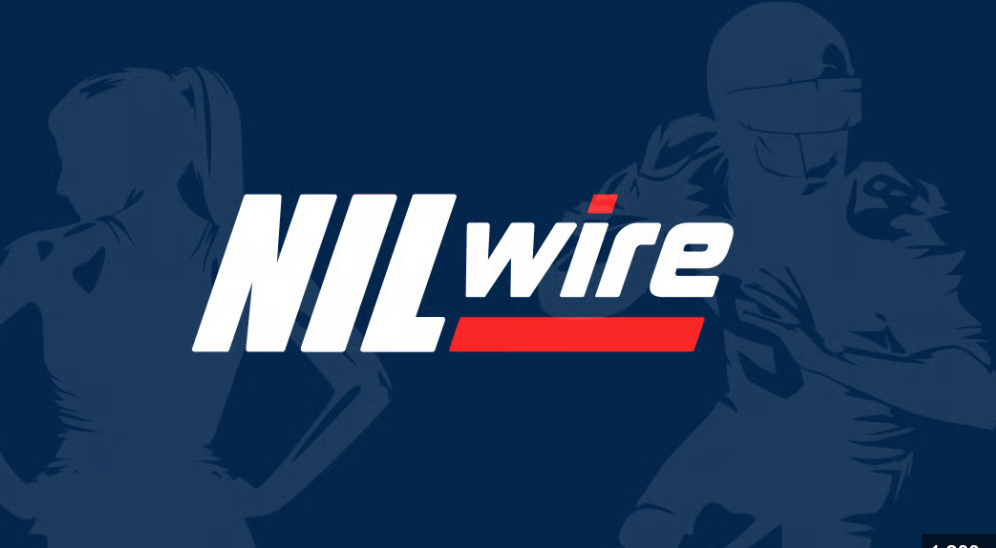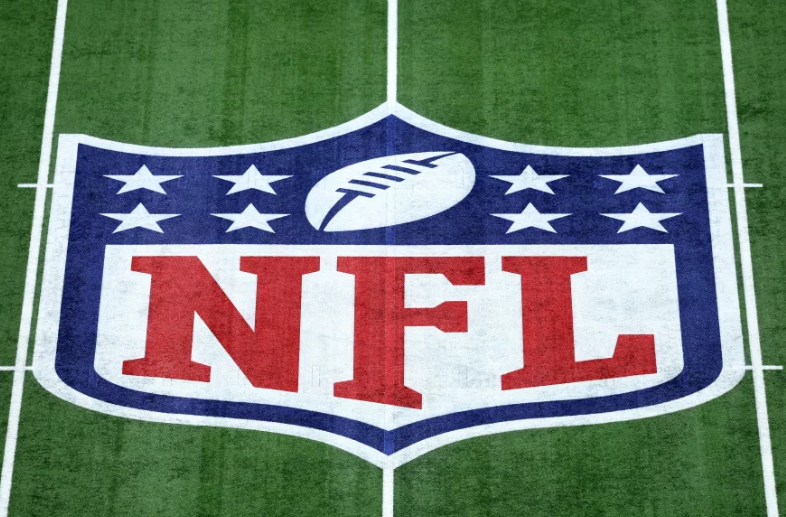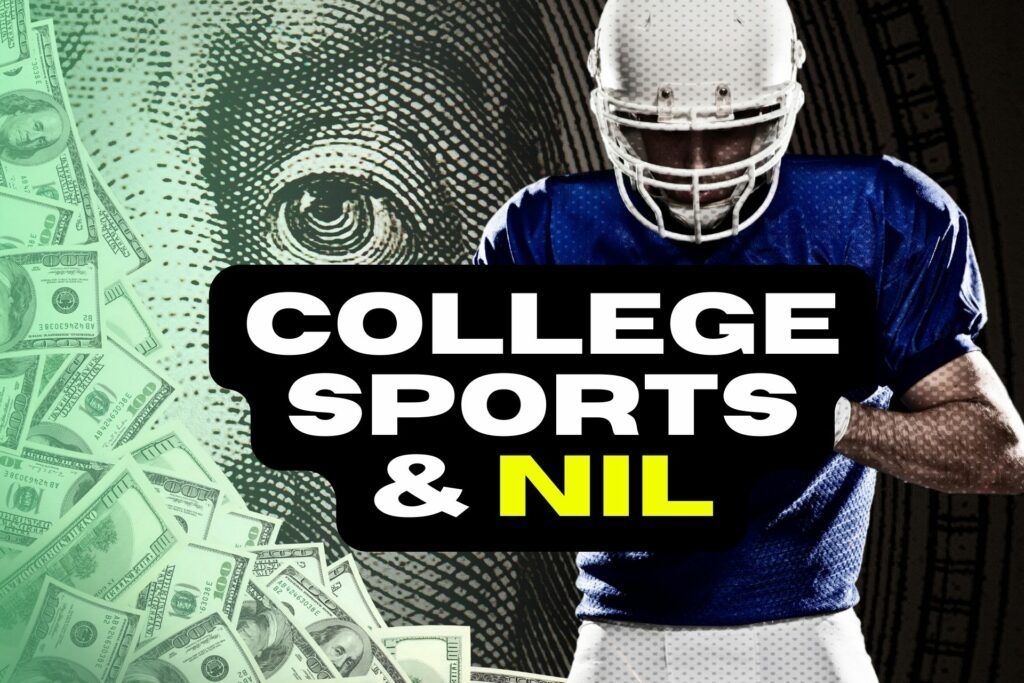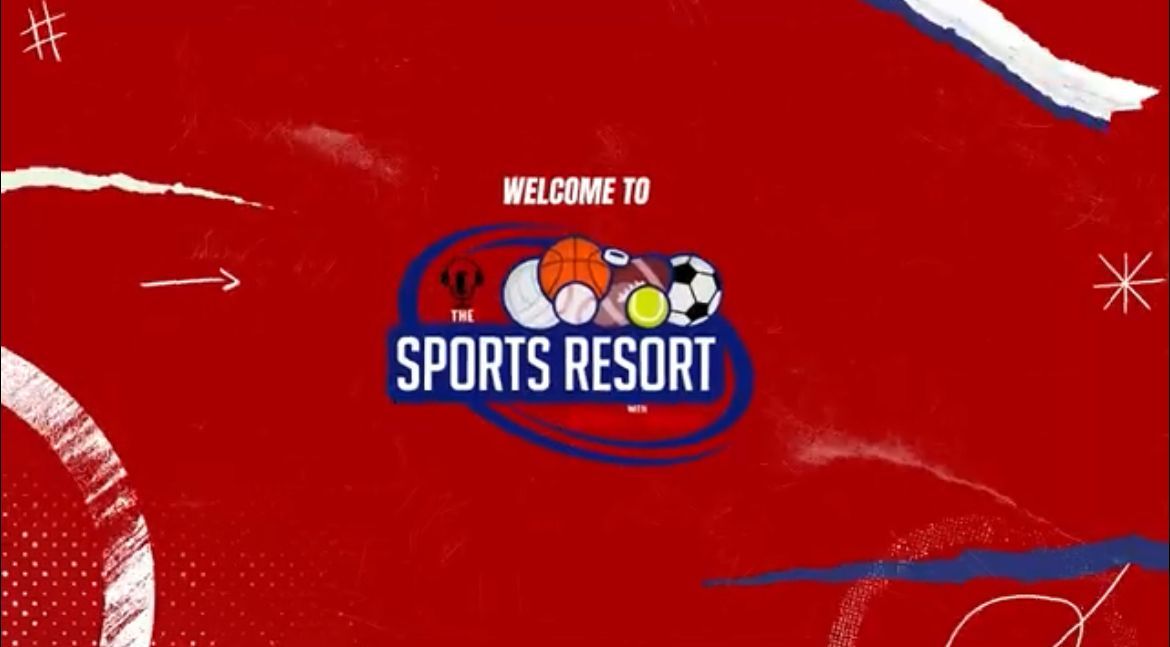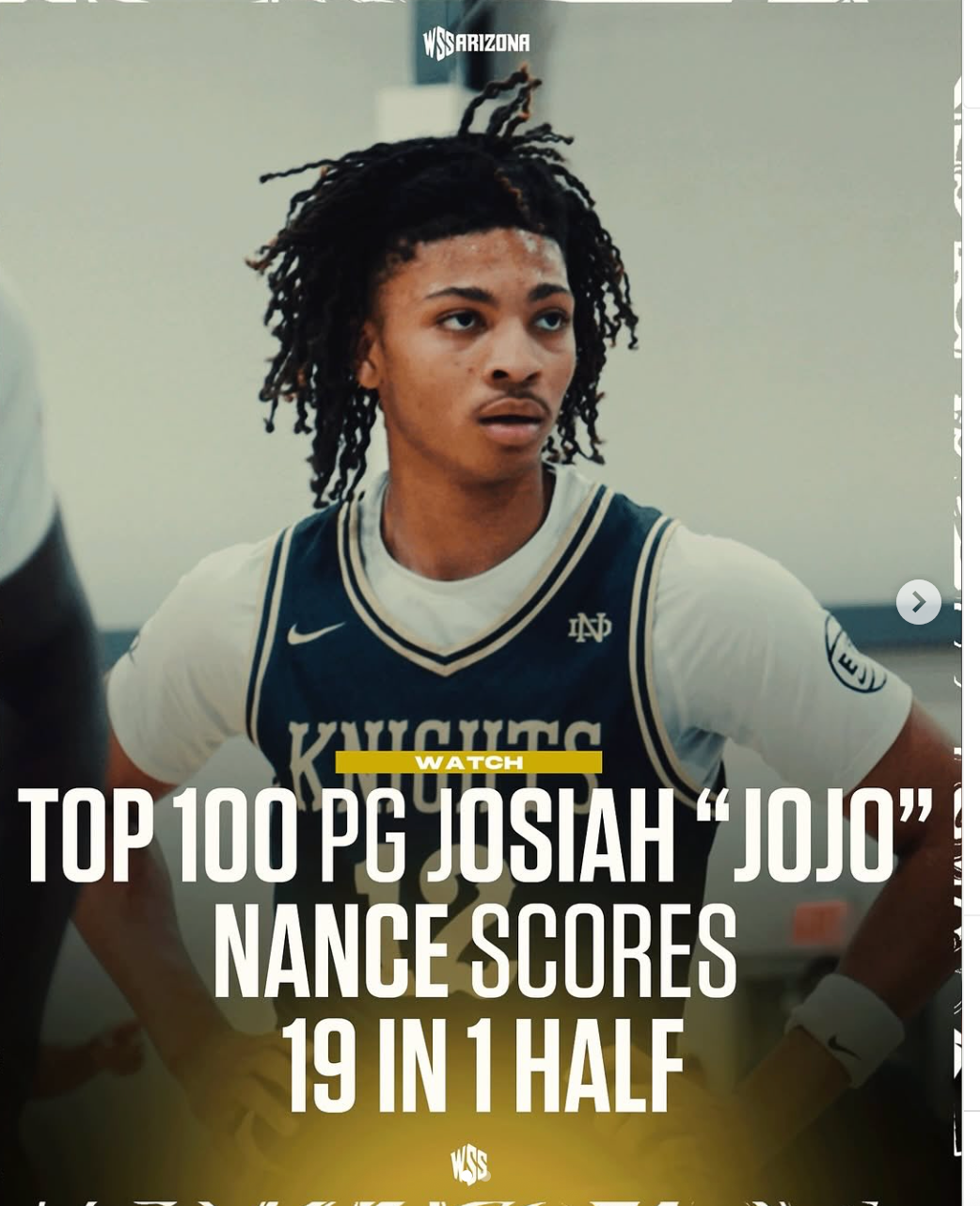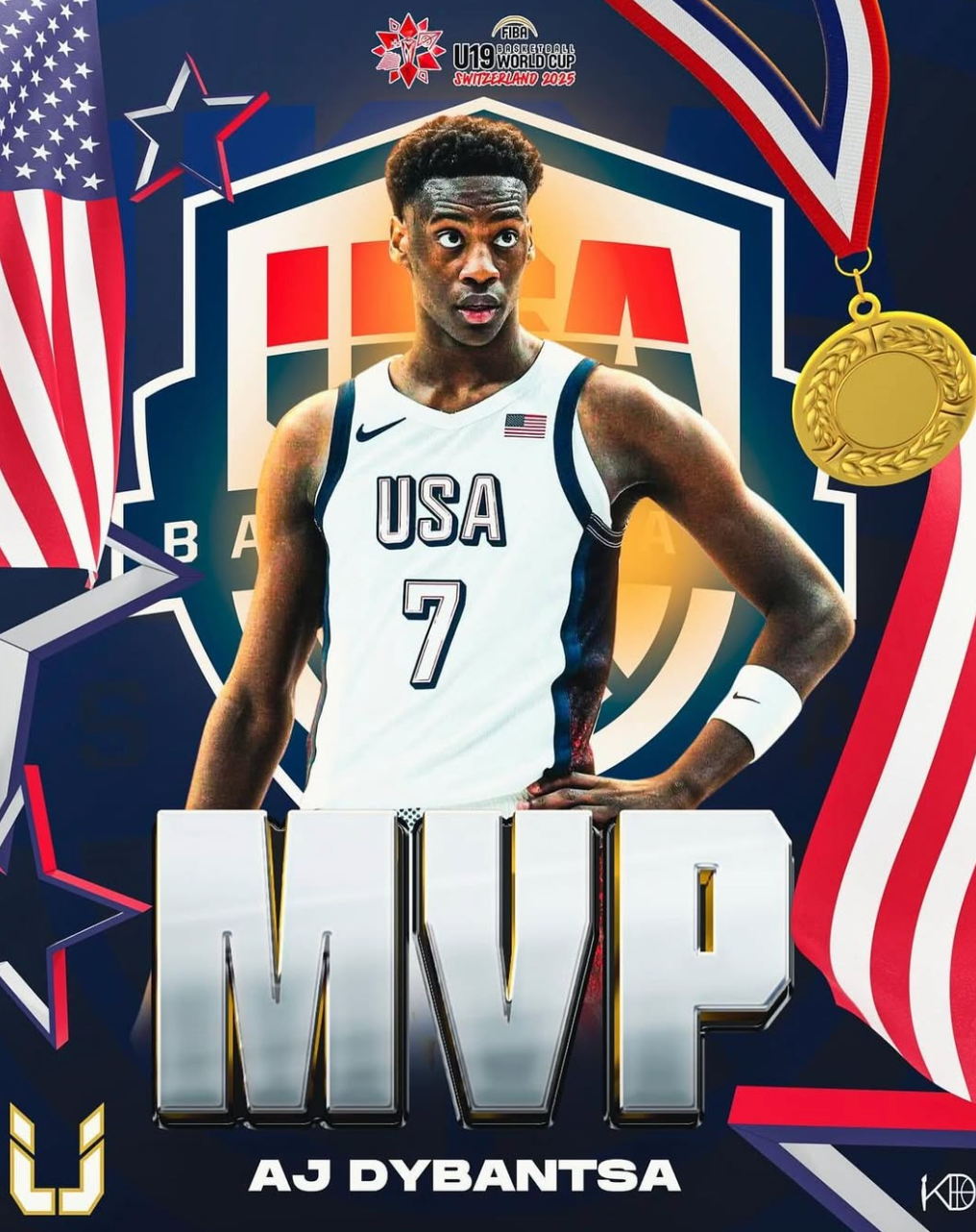NCAA's Proposed New College Athletics Subdivision: A Game-Changer for Direct Athlete Compensation
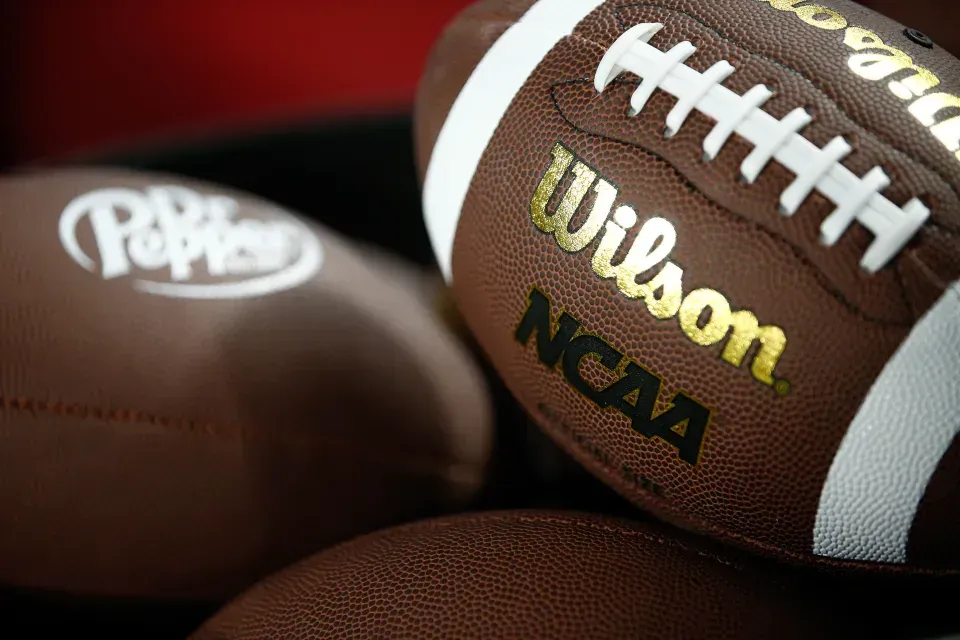
In a groundbreaking move, the National Collegiate Athletic Association (NCAA) is considering the establishment of a new college athletics subdivision that aims to revolutionize the landscape of collegiate sports. Rooted in the concept of direct athlete compensation, this proposed subdivision has the potential to reshape the way student-athletes are rewarded for their dedication and hard work. In this article, we'll explore the key details of the NCAA's proposal and its potential implications for the future of college athletics.
The Evolution of College Athletics:
For decades, the issue of compensating college athletes has been a topic of debate and discussion. Traditionally, student-athletes have been restricted from receiving direct financial benefits beyond their scholarships. However, as the dynamics of collegiate sports continue to evolve, there has been a growing call for a more equitable system that recognizes the efforts and contributions of these athletes.
The NCAA's Proposal:
The recently surfaced proposal suggests the creation of a new subdivision within college athletics, specifically designed to address the issue of direct athlete compensation. The envisioned subdivision seeks to provide student-athletes with opportunities to benefit financially from their name, image, and likeness (NIL). This represents a significant departure from the existing model, where athletes are unable to capitalize on their personal brands while competing at the collegiate level.
Key Features of the Proposed Subdivision:
- Direct Athlete Compensation: The core principle of the proposed subdivision is to allow student-athletes to earn compensation for the use of their name, image, and likeness. This would open the door for athletes to participate in endorsement deals, sponsorships, and other financial opportunities while maintaining their collegiate eligibility.
- Economic Fairness: The proposal aims to address concerns related to economic fairness within college sports. By permitting athletes to benefit financially from their personal brand, the NCAA hopes to create a more balanced and equitable system that reflects the value these athletes bring to their respective programs and the broader collegiate sports industry.
- Professional Development: The subdivision is also expected to facilitate the professional development of student-athletes by allowing them to engage with business opportunities and build their personal brands while still in college. This not only benefits the athletes individually but also contributes to their post-collegiate career prospects.
Potential Implications:
- Recruitment and Retention: The ability for student-athletes to earn direct compensation could have a significant impact on recruitment and retention efforts for college sports programs. Schools with the ability to offer attractive opportunities for athletes to capitalize on their NIL could become more appealing destinations.
- Athlete Empowerment: The proposed subdivision represents a step towards empowering student-athletes and recognizing their value in the collegiate sports ecosystem. It acknowledges their right to control and profit from their personal brands, a concept that has gained prominence in discussions surrounding athlete rights.
- Industry Shift: If implemented, this subdivision could mark a broader shift in the college athletics landscape, prompting other sports organizations to reevaluate their compensation models. It could set a precedent for acknowledging and valuing the contributions of athletes at all levels.
The NCAA's proposed new college athletics subdivision rooted in direct athlete compensation has the potential to be a game-changer for the world of collegiate sports. By recognizing the value of student-athletes' name, image, and likeness, the NCAA is taking a significant step towards creating a more equitable and athlete-centric system. As the proposal moves through the decision-making process, it will be fascinating to observe how it shapes the future of college athletics and influences the broader sports industry.




